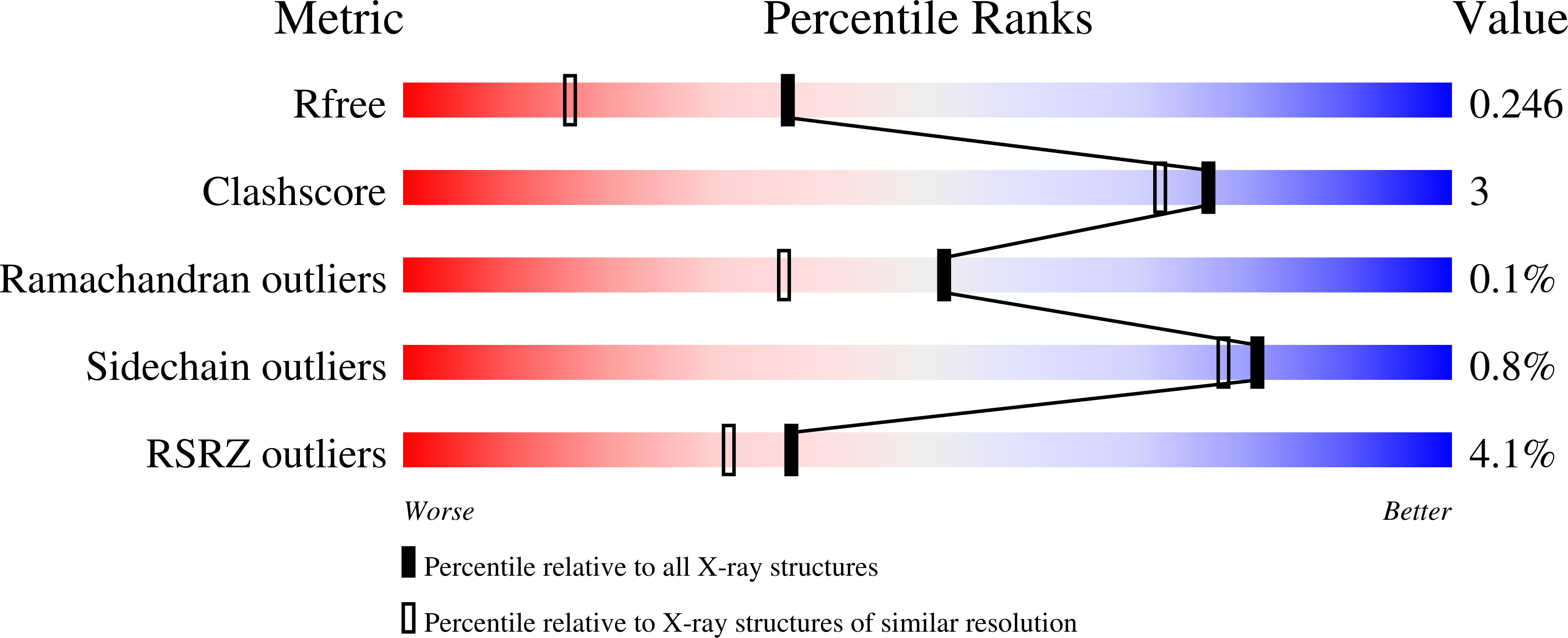
Deposition Date
2007-03-12
Release Date
2007-04-03
Last Version Date
2024-10-30
Entry Detail
Biological Source:
Source Organism:
Montipora efflorescens (Taxon ID: 105610)
Host Organism:
Method Details:
Experimental Method:
Resolution:
1.80 Å
R-Value Free:
0.24
R-Value Work:
0.22
R-Value Observed:
0.22
Space Group:
C 2 2 21


